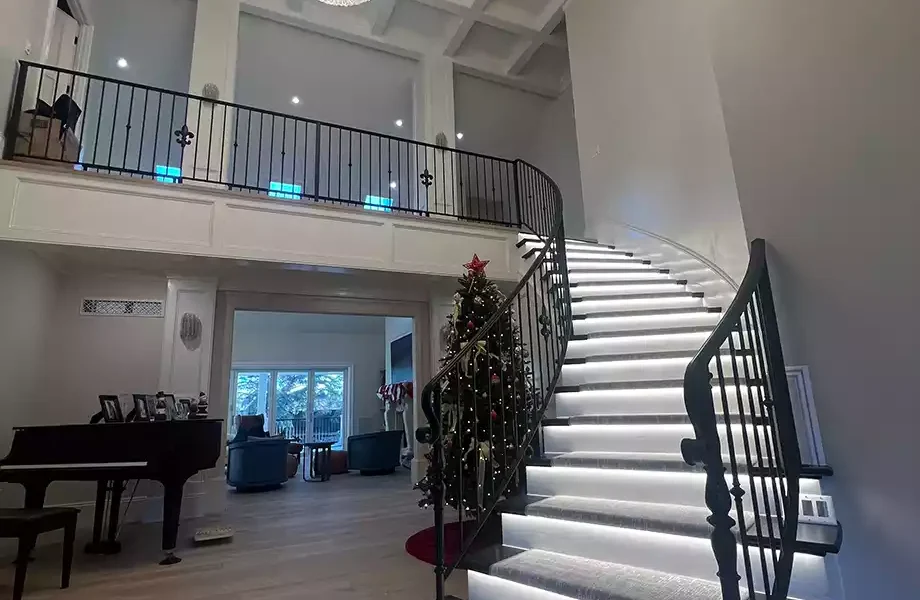Retrofitting industrial high-bay lighting from HID sources to LED systems involves complex photometric, thermal, and operational considerations that extend beyond simple wattage replacement calculations.
Beam angle optimization affects coverage patterns. Metal halide high-bay fixtures typically use 60-90° beam angles for uniform floor illumination. LED high-bay replacements with narrow 60° optics may create hot spots and shadow zones between fixtures. Existing mounting heights and spacing may require optical recalibration rather than direct replacement.
Instantaneous restart capability changes operational flexibility. HID lamps require 15-20 minute restrike delays after power interruption, leading to minimal switching strategies. LED systems provide instant restart, allowing occupancy-based switching and daylight harvesting that wasn’t practical with HID installations. Control system upgrades may be necessary to capitalize on LED switching capabilities.
Harmonic distortion affects electrical infrastructure. Industrial LED drivers can introduce significant harmonic content into electrical distribution systems. Total harmonic distortion (THD) above 20% may cause voltage distortion, neutral conductor overloading, and transformer heating. Power factor correction and harmonic filtering become critical in large retrofits.
Thermal management in harsh environments. Industrial environments with elevated ambient temperatures, corrosive atmospheres, and particulate contamination stress LED thermal management systems. Standard LED high-bay fixtures rated for 40°C ambient may experience premature failure in foundries, chemical plants, or outdoor covered areas where temperatures exceed design limits.
Lumen maintenance versus HID replacement cycles. HID lamps follow predictable replacement schedules based on rated life and lumen depreciation. LED systems degrade gradually, making replacement timing less obvious. Facility managers must establish lumen maintenance monitoring protocols to determine optimal LED system replacement intervals.
Existing infrastructure compatibility. High-bay retrofits may encounter mounting structure limitations, electrical capacity constraints, and control system incompatibilities. Structural analysis may be required for heavier LED fixtures or wind loading changes in outdoor applications.
Photometric verification post-installation. Commission retrofitted systems with point-by-point illuminance measurements to verify that computer calculations match actual performance. Document areas where coverage patterns differ from HID predecessors.
Industrial LED retrofits require engineering analysis beyond product data sheet comparisons.
